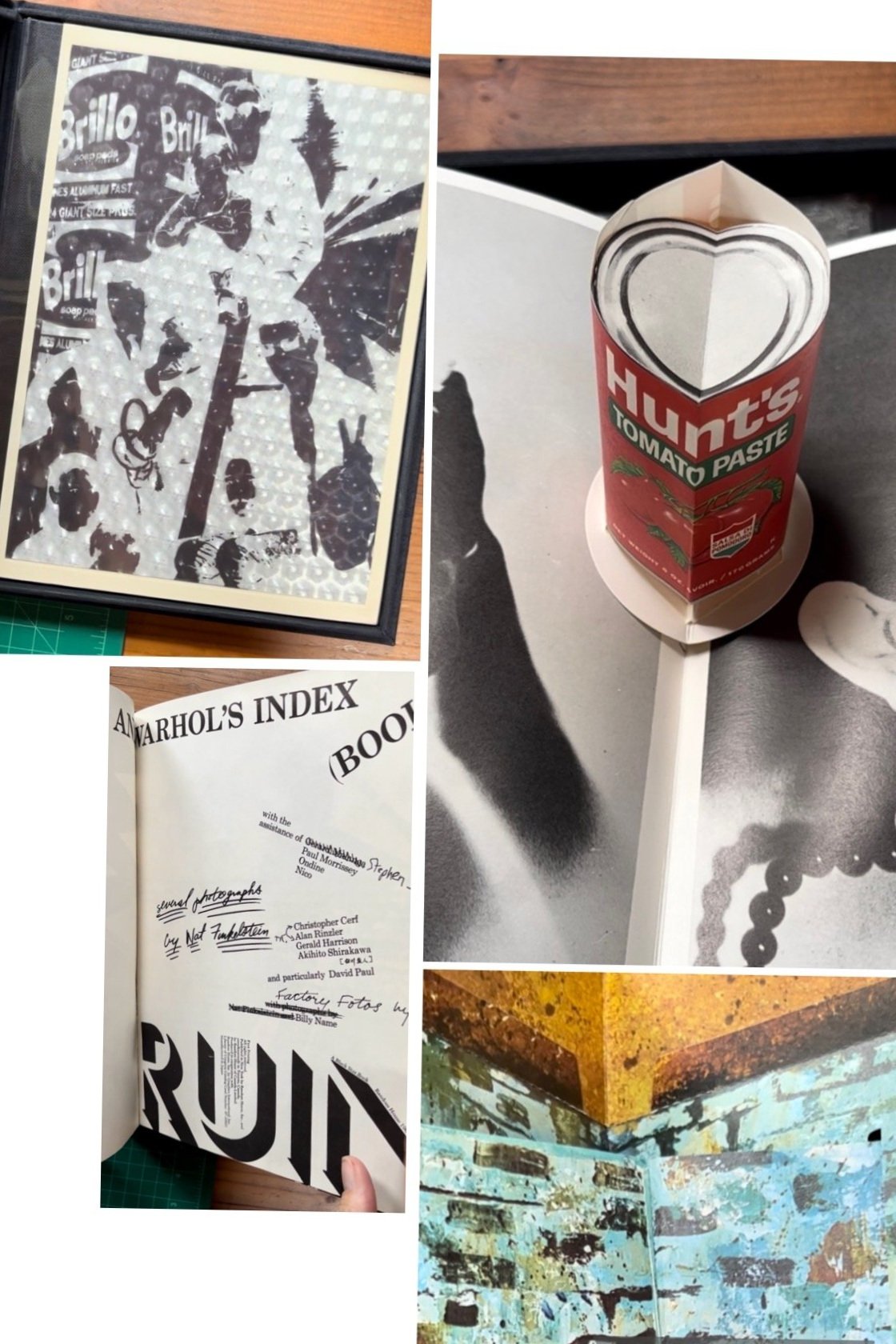Art Books
When Books Become Art
David Zwirner Books pop-up, Manhattan. Photo - Tara Cheesman.
David Zwirner recently announced that his Manhattan pop-up bookshop on West 20th Street will remain open until the end of the year. The white shoebox-shaped space has room for five long tables. The books are arranged in low piles, featuring artists who are currently showing or have shown at the David Zwirner gallery. A few special books -- first editions and signed copies -- are displayed under glass, and pocket-sized paperbacks of art criticism, part of Zwirner’s ekphrasis series, are propped face-out on stacked, narrow ledges. David Zwirner Books exists adjacent and complementary to the eponymous 19th Street gallery. The books are merchandised as objects with aesthetic value, blurring the line between art dealer and bookseller.
I purchased an Alice Neel biography, The Art of Not Sitting Pretty, for a friend on my visit. I also picked up a facsimile of Ann Albers’ (artist and wife of Josef Albers) notebook and a few titles from the ekphrasis series. The term “artbook” or “artist’s book,” interchangeably, can mean many things: the photo-rich coffee table staple, the artist’s monograph, catalogs printed for gallery and museum exhibits, a short collection of criticism, or a hefty artist’s biography. It can also mean a book reimagined as objet d’art, transformed by an artist into a one-of-a-kind (or limited series) object.
“In a sense, a painting acts as an ambassador of an artist’s entire body of work and represents their place in the larger art world ecosystem. Books can help to tell that story.”
Why collect art books? There are so many reasons. I’ve visited artist studios where rare and often valuable books are well-used and protected with brown craft paper covers. At the other end of the spectrum are libraries methodically assembled to complement and provide context for a collector’s private art collection. In a sense, a painting acts as an ambassador of an artist’s entire body of work and represents their place in the larger art world ecosystem. Books can help to tell that story.
For one client with an extensive contemporary art collection, Foxtail Books hunted down every book in print on the artists whose works were represented – all important but some, perhaps, unfamiliar to anyone outside the art world. Some of these books were from big publishers, but others were created independently. One photographer in particular, Ari Marcopoulos, was featured in all sorts of small publications distributed by obscure sources early in his career. Because they tend to be printed in short runs, this category of books frequently becomes more collectible and rare as the artist gains prestige (and notoriety).
First edition of Warhol’s Index book, including the tomato can pop-up.
For one client with an extensive contemporary art collection, Foxtail Books hunted down every book in print on the artists whose works were represented – all important but some, perhaps, unfamiliar to anyone outside the art world.
“The term “artbook” can mean many things: the photo-rich coffee table staple, the artist’s monograph, catalogs printed for gallery and museum exhibits, a short collection of criticism, or a hefty artist’s biography. It can also mean a book reimagined as objet d’art, transformed by an artist into a one-of-a-kind (or limited series) object.”
David Zwirner Books, Manhattan. Photo - Tara Cheesman.
Sometimes, the book itself is the work of art. The first edition of Andy Warhol’s Index came with pop-ups, a balloon enclosed in the pages, etc. Duchamp’s Boite-en-valise also comes to mind. It’s technically a box of art, but it is shaped like a book and sold by D.A.P., one of our big art book vendors -- so Christy put it (well, a reproduction) on the shelf with the books! The artist Christo wrapped and signed 120 editions of Modern Art: From Post-Impressionism to the Present by Sam Hunter and John Jacobus in transparent polyethylene, then bound the package with a jute rope. And then there is Damien Hirst’s 2017 SCHIZOPHRENONGENESIS, 2017, signed by the artist, sealed in a foil blister pack, and sold in a limited edition of 400 copies. Funny, what makes both books so valuable also renders them unusable.
Museum presses do a great job capturing exhibits/themes/artists, whether you went to the show or not. A favorite place to look for artist books, “publications that have been conceived as artworks in their own right,” is Printed Matter in New York City. There are also more traditional publishers, like David Zwirner Books, specializing in art books with very high-quality reproductions. Taschen is one of the best-known. The Gargosian Gallery has a bookshop on Madison Avenue and has been publishing artbooks, Gargosian Books, since 1985. Steidl, led by Gerhard Steidl, is a legend in the industry for his meticulous process (so much so the publisher was the subjects of a 2011 documentary). Artbooks.com and D.A.P – Distributed Art Publishers is another excellent resource. Technically a distributor, they have an extensive online database for those who aren’t sure where to start but definitely know what they like.
Tara Cheesman is a freelance book critic and a National Book Critics Circle member. Her work has appeared in The Los Angeles Review of Books, CrimeReads, Guernica, Vol. 1 Brooklyn, The Mystery Tribune and other online publications. She received her Bachelors of Fine Arts from the School of Visual Arts in New York City.




